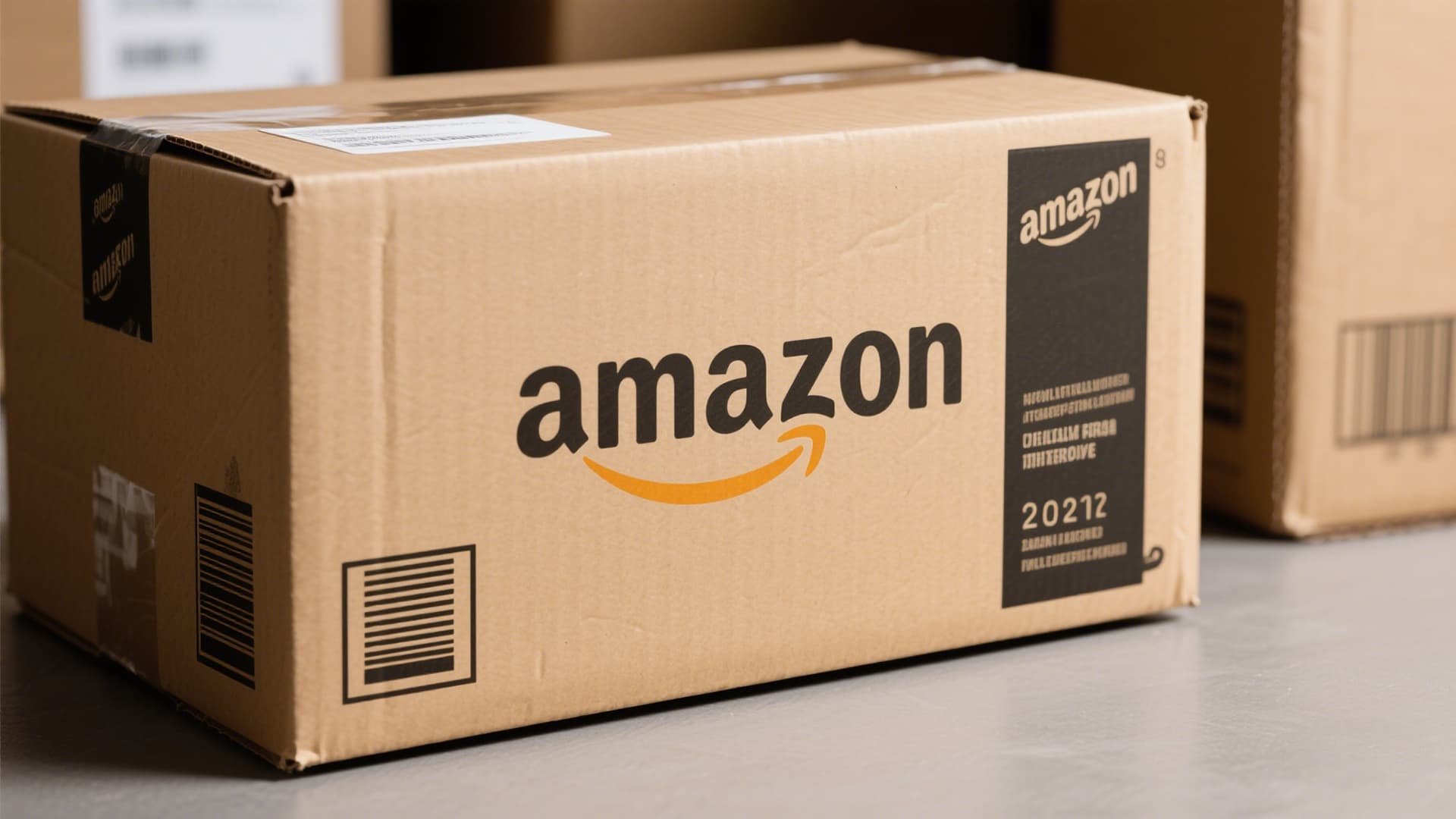SSF-Logistics
New Member
1. What is FBA?

FBA (Fulfillment by Amazon) It is a one-stop logistics service provided by Amazon to third-party sellers. By integrating the global warehousing network, distribution resources and customer service system, it helps sellers simplify operational processes and improve sales efficiency.
2. Advantages of Amazon FBA
- Traffic and conversion improvement
Prime label weighting: FBA products carry the "Prime" logo and are displayed preferentially to 200 million + Prime members, with an average sales increase of 20%-25%.
Search ranking advantage: Amazon's algorithm uses delivery speed, inventory status, etc. as search weights, and the exposure rate of FBA products is 40% higher than that of self-delivery
- Operational efficiency optimization
Fully managed model: Sellers only need to focus on product selection and promotion, and logistics, customer service, and after-sales are all handled by Amazon, saving labor costs.
Multi-channel fulfillment (MCF): Supports the use of FBA inventory for orders on independent stations, eBay and other platforms, realizing "one warehouse for multiple channels"
- Cost control and risk reduction
Scale effect: Amazon's logistics network reduces the cost of single-piece delivery. For example, the delivery fee of FBA in the US station is 30%-50% lower than that of self-delivery.
Inventory risk transfer: Amazon bears the responsibility for inventory loss and damage, and sellers can apply for compensation through "Amazon Logistics Compensation".
3. Fba Operation Process
1. Product preparation and delivery- Create a shipment: Select "Send to Amazon" in the Amazon seller backend, fill in the shipping address, product quantity, and generate an FBA shipment number.
- Labeling and packing: Print product labels (FNSKU) and outer box labels to ensure that each product and box meets Amazon packaging specifications (such as product labels must cover the original barcode, and the outer box weight does not exceed 50 pounds) (Hugo.com).
- Logistics options: Shipments can be sent to designated warehouses through Amazon's partner carriers (such as UPS, FedEx) or third-party logistics (such as ocean freight, air freight). For example, for goods shipped from China to the United States, the cost of sea freight is about 8/kg, and the time limit is 25-30 days; the cost of air freight is 25/kg, and the time limit is 7-10 days.
After Amazon receives the shipment, it will conduct quality inspection and scan, and the product status will change to "Available for Sale". Sellers can view the inventory quantity and inventory age in real time through the backend "Manage FBA Inventory".
3. Order processing and delivery
After an order is generated, Amazon automatically completes sorting, packaging and delivery. Sellers can track the logistics status on the "Manage Orders" page. After the buyer receives the goods, the system automatically updates the order status to "Completed".
4. Returns and Inventory Management
After the buyer initiates a return, the FBA warehouse receives and processes the return. Good products are put back on the shelves, and defective products can be destroyed or returned to a third-party overseas warehouse for repair. Sellers need to regularly clean up unsalable inventory to avoid long-term storage fees.
4.FBA vs. FBM: How To Choose?
| TYPE | FBA | FBM (self shipment) |
| Logistics | Amazon is responsible for warehousing, distribution, and after-sales service | Sellers handle logistics, customer service, and returns on their own |
| Cost | Delivery fee + storage fee + return fee | Shipping fee + packaging fee + platform commission |
| Time | Same-day and next-day delivery for Prime members | Average delivery time: 7-15 days, depending on the logistics provider |
| Inventory | Prime tag weighting, high search ranking | No special traffic support |
| Risk | Amazon assumes responsibility for loss or damage | The seller is responsible for |
| Flexibility | Fixed storage limits, subject to Amazon policies | Free to adjust inventory strategy |
5. Common Problems and Solutions
1. High Split Shipment Costs- Solution: Use Amazon AGL to lock inventory in one warehouse, or cooperate with overseas pre-processing centers for batch transfer.
- Solution: Update manufacturing costs in Seller Central to maximize reimbursements under 2025 rules.
- Solution: Use thermal printers for waterproof FNSKU labels and conduct pre-shipment audits.
- Solution: For FBM orders, use Amazon-approved carriers like USPS or DHL to meet 2025 requirements.





